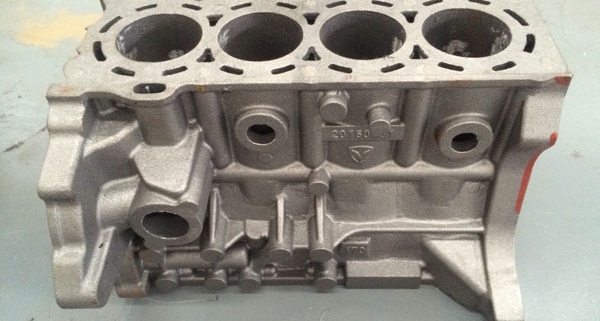Casting mold means that in order to obtain the structural shape of the part, the structural shape of the part is made in advance with other easily formed materials, and then the mold is placed in the sand type, so that a cavity having the same structural size as the part is formed in the sand type. A fluid liquid is then poured into the cavity, and the liquid is cooled and solidified to form a part identical to the shape of the mold.
According to different working conditions, it is mainly divided into the following types of processes:
1. Ordinary die forging:
Ordinary die forging is to place a heated or unheated metal blank in a mold cavity. Under the influence of impact or pressure. The geometry of the metal is varied to obtain a forging that is consistent with the cavity. Ordinary die forging includes hot forging and pier forging. Pier forging can also be divided into warm piers, cold piers, and hot piers;
2, squeeze:
Extrusion is the placement of a metallic material in an extruded mold cavity. Apply strong pressure to one end. The casting mold material is deformed in a state of being accepted in three directions. Thereby flowing out of the die hole at one end. Get parts of different shapes. Classified according to the direction of motion of the punch and material. Extrusion can be divided into positive extrusion, reverse extrusion, composite extrusion, radial extrusion and the like. According to the billet temperature, it can be divided into hot extrusion, cold extrusion and warm extrusion;
3, pull:
At the time of drawing, the material was pressed in both directions and was always pulled. Formed by casting a die hole in the mold. Obtain blanks, profiles, and parts of the required shape and size. Pulling can be divided into extubation, drawing, and the like. The products obtained by drawing have higher precision and lower surface roughness, and are often used for reworking of rolled bars and tubes to improve quality;
4, stamping:
Stamping is the use of a die to deform or separate the material. Thereby obtaining a processing method of the part. Stamping can obtain parts with complex shapes, good surface quality and high precision. Casting molds have high productivity and low cost, and stamping can be mainly divided into two types: forming process and separation process. The separation process includes punching, blanking, trimming, trimming, etc.; the forming process includes drawing, bending, expanding, tumbling, and schooling;
5, die casting:
Die casting is a process in which a molten metal is injected at a high pressure into a cavity of a die-casting mold at a high pressure and solidified under pressure to form a casting;
6, plastic molding:
The plastic molding is under the action of pressure, and the casting mold molds the powder or the heavier plastic in the mold to obtain a plastic product of a desired shape and size. Plastic molding can be divided into extrusion molding, compression molding, injection molding and other processes.



